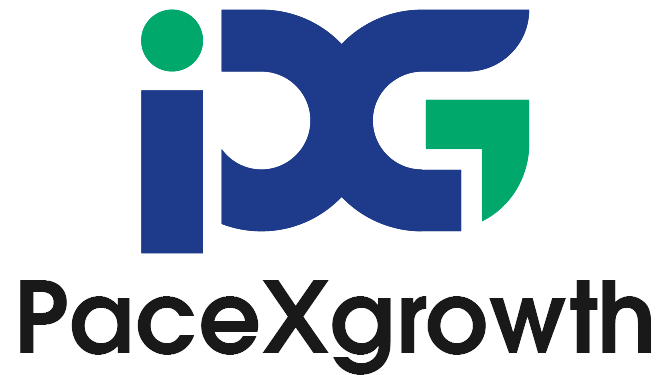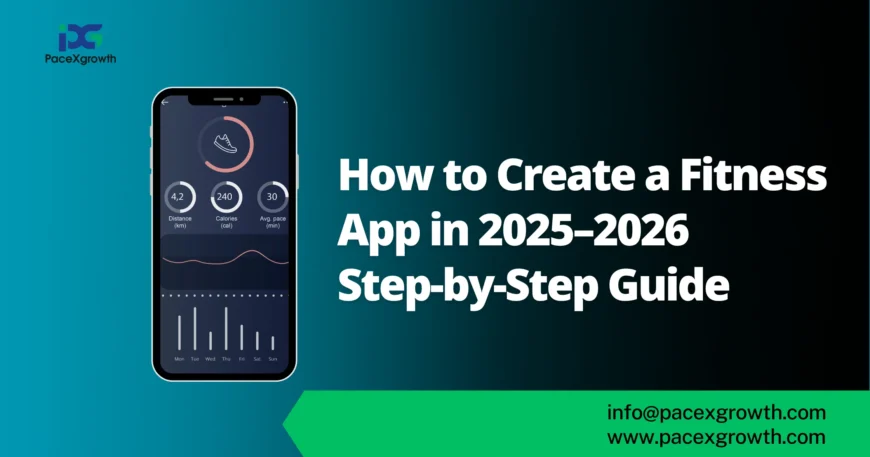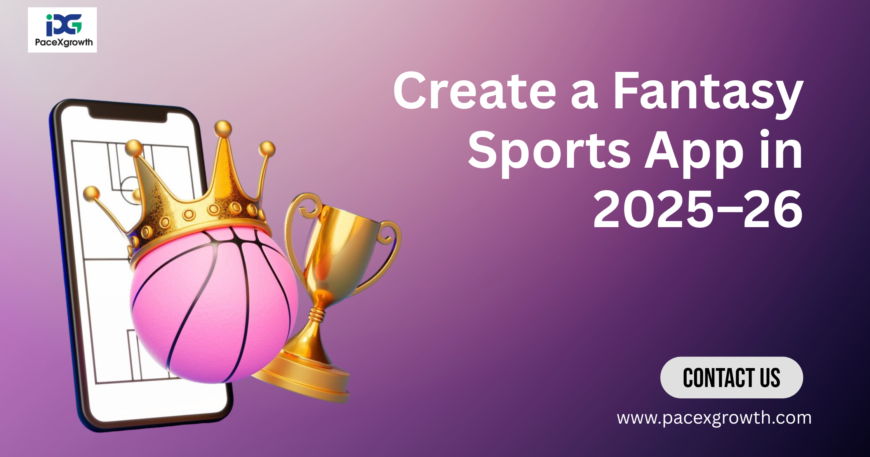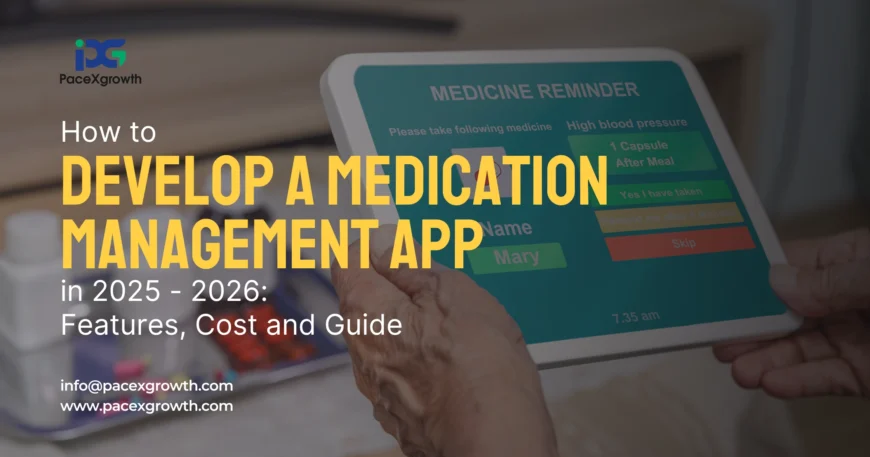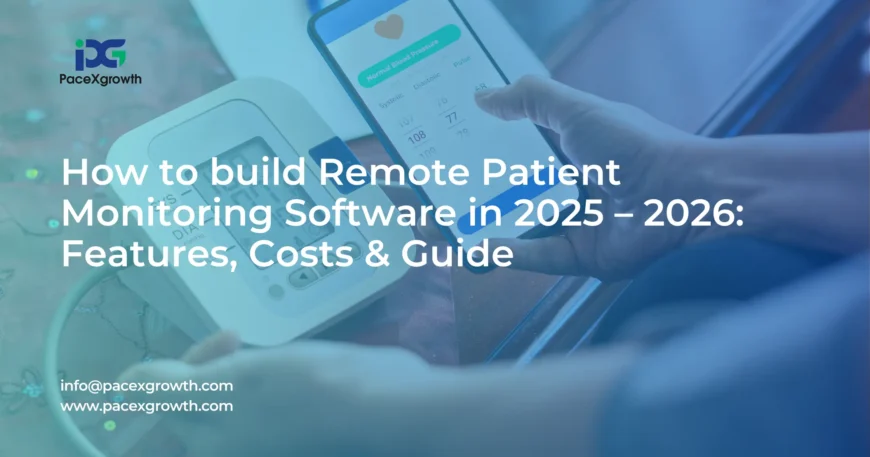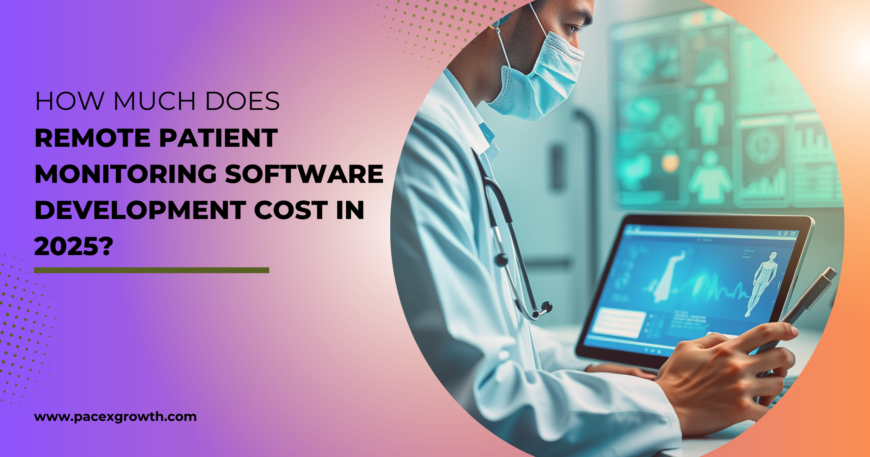How to Develop a Fantasy Sports App Like Dream11 in 2025–26 – Cost & Guide
Fantasy sports have taken the digital world by storm, and Dream11 stands as a shining example of what’s possible with the right idea and execution. As we move into 2025–26, the demand for interactive, real-time sports gaming is booming—making this the perfect time to invest in fantasy sports app development. Whether you’re planning a custom build or exploring clone solutions, this guide will walk you through the cost, features, and expert tips needed to create a fantasy sports app like Dream11. From tech stacks to monetization, we’ve got it all covered. What is Dream11? Dream11 is India’s leading fantasy sports platform, launched in 2008, and has become a global trendsetter in the industry. It lets users create virtual teams using real-life players and win cash based on their performance in actual matches. With over 140 million users by 2025, Dream11 dominates sports like cricket, football, and kabaddi. Its innovative freemium model, offering both free and paid contests, has set the standard for modern fantasy sports app development. Today, it’s a go-to reference for any fantasy sports app development company or entrepreneur looking to succeed in fantasy sports software development. How to Create a Fantasy Sports App Like Dream11 Building a fantasy sports app like Dream11 requires more than just copying its features—it demands a clear strategy, legal awareness, and the right tech team. With the booming demand for fantasy gaming, now is the perfect time to explore fantasy sports app development. Start with Market Research: Understand your target users, top-performing sports, and what your competitors are offering. This sets the foundation for a unique app. Legal Compliance: Fantasy sports laws vary by region. Work with legal experts to ensure your app meets all licensing and regulatory requirements. Select a Development Model: Choose between custom development, white-label fantasy sports software, or a Dream11 clone app. Each option caters to different needs and budgets. Collaborating with an experienced fantasy sports app development company or opting for specialized fantasy sports app development services can streamline your journey from idea to launch. Step-by-Step Guide to Build a Fantasy Sports App Like Dream11 1. Ideation & Concept FinalizationStart by defining your app’s core idea, unique features, and monetization strategy. Decide on which sports to include and the overall business model—freemium, subscription, or paid contests. 2. Market Analysis & Competitor BenchmarkingConduct deep market research to understand user behavior, industry trends, and analyze top competitors like Dream11. This helps you identify gaps and opportunities in the fantasy sports app landscape. 3. Wireframing and UI/UX DesignCreate detailed wireframes and user flows to design an intuitive interface. Focus on clean layouts, easy navigation, and a smooth onboarding experience to increase user engagement. 4. Back-end & Front-end DevelopmentBuild the front-end using frameworks like React Native or Flutter, and the back-end with scalable tech like Node.js or Django. Ensure real-time data processing and smooth performance under load. 5. Payment Gateway & Third-Party API IntegrationIntegrate secure payment gateways like Razorpay or Stripe for transactions. Use sports APIs like SportsRadar for live scores, player stats, and match updates to power the app’s core functionality. 6. Testing & DebuggingPerform comprehensive testing including unit tests, UI tests, and security checks. Fix bugs, optimize performance, and ensure the app runs flawlessly across different devices and platforms. 7. Launch & MarketingDeploy the app on Android and iOS stores. Run targeted marketing campaigns using social media, influencer collaborations, and referral programs to gain initial traction and users. 8. Post-launch Support & UpdatesMaintain the app with regular updates, bug fixes, and new feature rollouts. Monitor analytics, user feedback, and server health to ensure long-term success and user retention. Play smart, Win big. Hire Fantasy App Developers Requirement Gathering & Market Research According to Statista, it’s essential to understand who you’re building the app for. Successful apps are backed by thorough research and data-driven decisions. Here’s what you need to focus on: Core User DemographicsIdentify who your ideal users are—consider age, gender, location, income, and interests. Are they casual fans or hardcore fantasy gamers? Knowing your audience helps shape the app’s tone, features, and UI design. Tools like Google Analytics and Think with Google offer valuable demographic insights. Preferred Sports (Cricket, Football, etc.)Not all users follow the same sports. In India, cricket dominates; in the U.S., it’s NFL and NBA; in Europe, it’s football. Determine which sports your target market engages with most to prioritize them in your app. Use Google Trends to analyze interest by sport and region over time. Competitor WeaknessesStudy top competitors like Dream11, My11Circle, and MPL to find what they lack—whether it’s slow customer support, confusing UI, or limited sports. These gaps present your opportunity to stand out. Platforms like App Annie and Sensor Tower help track app performance, user reviews, and feature comparisons. Engagement Patterns and Device UsageUnderstand when and how users interact with fantasy sports apps—do they play daily contests or only during major tournaments? Are they using Android or iOS more? This data helps optimize push notifications, in-app engagement, and ad placements. Use tools like SEMrush and Statcounter to track device usage and engagement behaviors. How Much Does It Cost to Develop a Fantasy Sports App Like Dream11 The total cost of developing a fantasy sports app like Dream11 varies depending on features, tech stack, and development complexity. Here’s a breakdown of the key cost components: UI/UX Design involves creating a user-friendly and visually appealing interface. A good design enhances user experience and improves engagement. Front-End Development handles everything users interact with—screens, animations, and navigation. It’s built using technologies like Flutter or React Native for cross-platform performance. Back-End Development powers the server-side operations like data handling, login, game logic, and scoring. It ensures your app runs smoothly and processes real-time data. Sports API Integration brings live match scores, player stats, and updates into your app. It keeps users engaged with real-time content and game insights. Payment Gateway Integration allows users to securely deposit and withdraw money. It supports smooth, encrypted transactions using platforms like Stripe or Razorpay. Admin Panel Development provides
